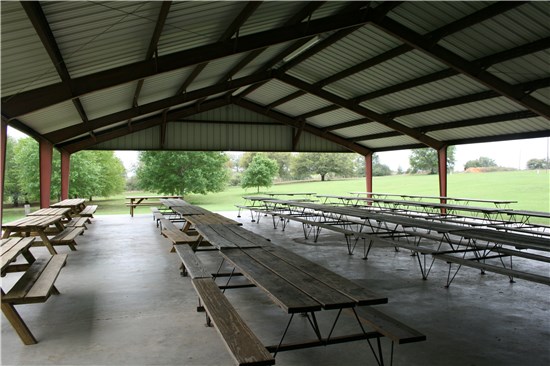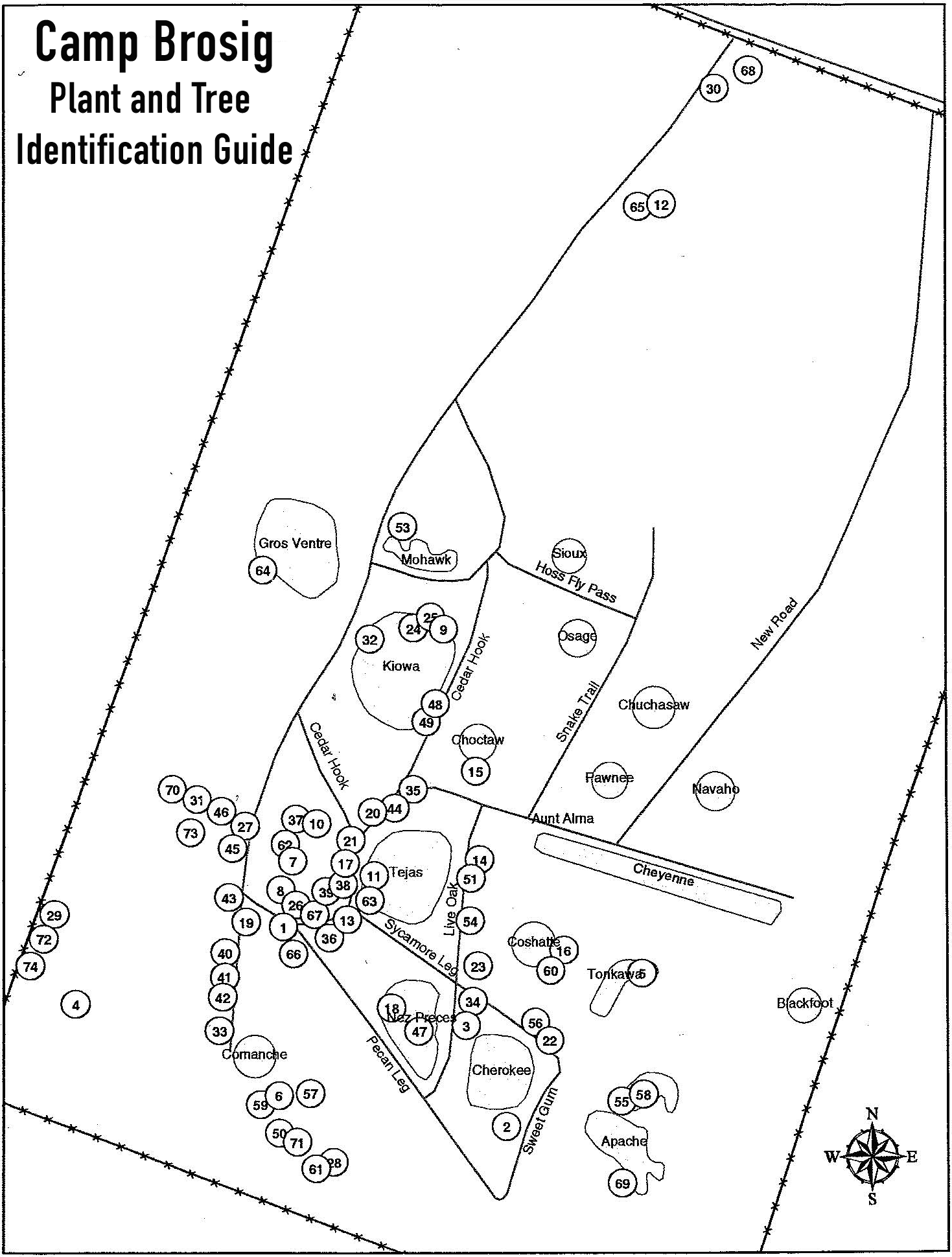 Camp Brosig is a primitive, 92-acre property, located six miles north of Sealy, TX, in Austin County with 20 campsites, program fields, large covered pavilion and meeting room.
Camp Brosig is a primitive, 92-acre property, located six miles north of Sealy, TX, in Austin County with 20 campsites, program fields, large covered pavilion and meeting room.
Camp Brosig is located at 1893 Trenckman Road, Sealy, TX 77474.
From Houston: Take I-10 to Sealy Texas, exit at State Highway 36 this is a hairpin loop exit. You pass over highway 36 on I-10 before you exit so you come into Hwy 36 from the west. From the first red light after exiting at Highway 36 turn left (north) onto Highway 36. Go thru town for approximately 5.1 miles until you pass the intersection of Farm Road 331. Christian City Church is on the left, soon after is Trenckmann Road on the left. Go 1.6 miles on Trenckmann Road to Camp Brosig. The camp gate is on the left (south) side of the road. The main asphalt road will take you to the check-in building, the first building on your left. The approximate time from Houston is one hour.
From Hempstead/Bellville: Take FM 159 from Hempstead to Bellville. After crossing the railroad tracks in Bellville take an immediate left at the first light onto State Highway 36 continue for approximately 6 miles to Farm Road 949. Turn right onto Farm Road 949 and follow this road to the first road to the left. This will be Trenckmann Road and the camp gate entrance will be approximately ½ mile on your right. The camp gate is on the right (south) side of the road. The main asphalt road will take you to the check-in building, the first building on your left. The approximate time from Hempstead is 30 minutes.
Camp Brosig Maps
Click on the icon ( ) in the upper right-hand corner to make the map full screen.
) in the upper right-hand corner to make the map full screen.
Google Map
Camp Brosig General Information
Rangers: A ranger or volunteer campmaster will be available at Camp Brosig after 3:00 pm on Fridays.
Check-in/out: Check-in is after 3 pm on Fridays and check-out is before 11 am on Sundays.
Gate access: A camp ranger or campmaster will meet you to obtain access to the property at 3:00 pm and to unlock the gate and turn on the water to the facility and provide any needed keys.
Additional keys: Keys on a red lanyard, hanging on a hook inside the meeting room, will unlock the registration trailer and first aid room. The kitchen key is in an additional key locker at the kitchen entrance. If you have reserved the kitchen, you will be given this code.
Shelters: Shelters in the camping area are on a first come first serve basis.
Barn: Ask a ranger or volunteer campmaster for access to equipment stored in the red barn.
Parking: All cars are to remain on the roads at all times and to remain parked in the parking lots. Vehicles can be driven to the campsites to unload and load but must remain on the road. After unloading, promptly move vehicles to the parking lots.
Parking Passes: All vehicles must have parking pass on the dashboard.
Speed Limit is 5 miles per hour.
Camp Boundaries: Do not cross any fences as you will no longer be on camp property.
Campsites: There are 20 campsites that vary in size and hold between 10-50 campers. Campsite assignments are provided at check-in.
Campfires are permitted in the designated fire rings. Check the Austin County website and Texas Burn Ban website for burn ban information. See the council policies below for more information about campfires.
Restrooms: Four latrines with flushing toilets are located in the camping area. Provide your own toilet paper and hand-wash soap. Leave the latrines cleaner than you found them. Every restroom your group used must be cleaned before departing camp. There are no showers at camp.
Electricity: There is no electricity at the campsites. There are a limited number of electrical outlets in the camp.
Water Troughs: Water troughs are for washing hands only. Do not use water troughs in latrines for washing dishes. Grease and debris will clog the drains.
Trash: Campers are responsible for taking all trash accumulated to the dumpster located at the front entrance. You cannot burn your trash. All trash must be in a bag and inside the dumpster. If trash will not fit inside the dumpster, you must take it with you. Trash may not be stacked outside the dumpster or on top of the dumpster. Please remember to check restrooms and other areas you may have used, and remove all trash. Animals will make a mess of trash left in camp.
Recycle: Recycle bins are located near the red barn for aluminum cans and plastic bottles. Please empty liquids, leave caps off and crush bottles.
Medical Information and Emergencies
 Plant Identification Guide
Plant Identification Guide
See the Brosig Plant Identification Key for the plants and trees tagged at Camp Brosig. The guide can be used to help Scouts in troops can work on First Class: #5. Identify or show evidence of at least 10 kinds of native plants in your community. Scouts in troops can work on a variety of outdoor Scouting skills at camp (e.g., nature, camping, fire, map and compass, hiking, knots, cooking).
Brosig Plant Identification Key